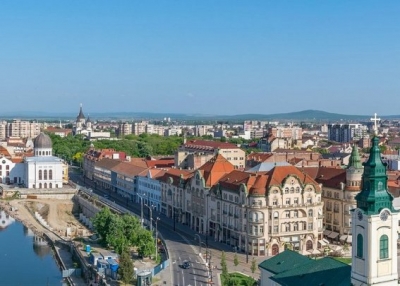
Romania was formed when the Danubian Principalities of Moldavia and Wallachia formed a union in 1859 and was officially called by that name since 1866. It gained independence from the Ottoman Empire in 1877.
Romania is a semi-presidential republic. Both the prime minister (head of the government) and the president (head of state) hold executive functions. The country has 41 counties and also the municipality of Bucharest, the capital. A country council is responsible for local affairs in each county. There is also a prefect responsible for coordinating national affairs at the county level.
Romania has been a member of the EU since 2007. The integration process of Romania to the EU was extremely challenging as it had to overcome significant obstacles to qualify for EU membership. The nation was not fully prepared for accession and it required post-accession monitoring in the fields of corruption, the judiciary, and the rule of law.
Romania has always maintained an amenable relationship with the EU legislation. The EU has highly benefited the people of Romania in many ways. This explains why the country has always been a staunch supporter of the EU.
At present, Romania uses the Romanian Leu as its currency. Once it fulfills the necessary criteria, it can commit to the euro. Romania is currently in the process of joining the Schengen Area. There are 32 members of the European Parliament from Romania.
Picture Credit : Google




